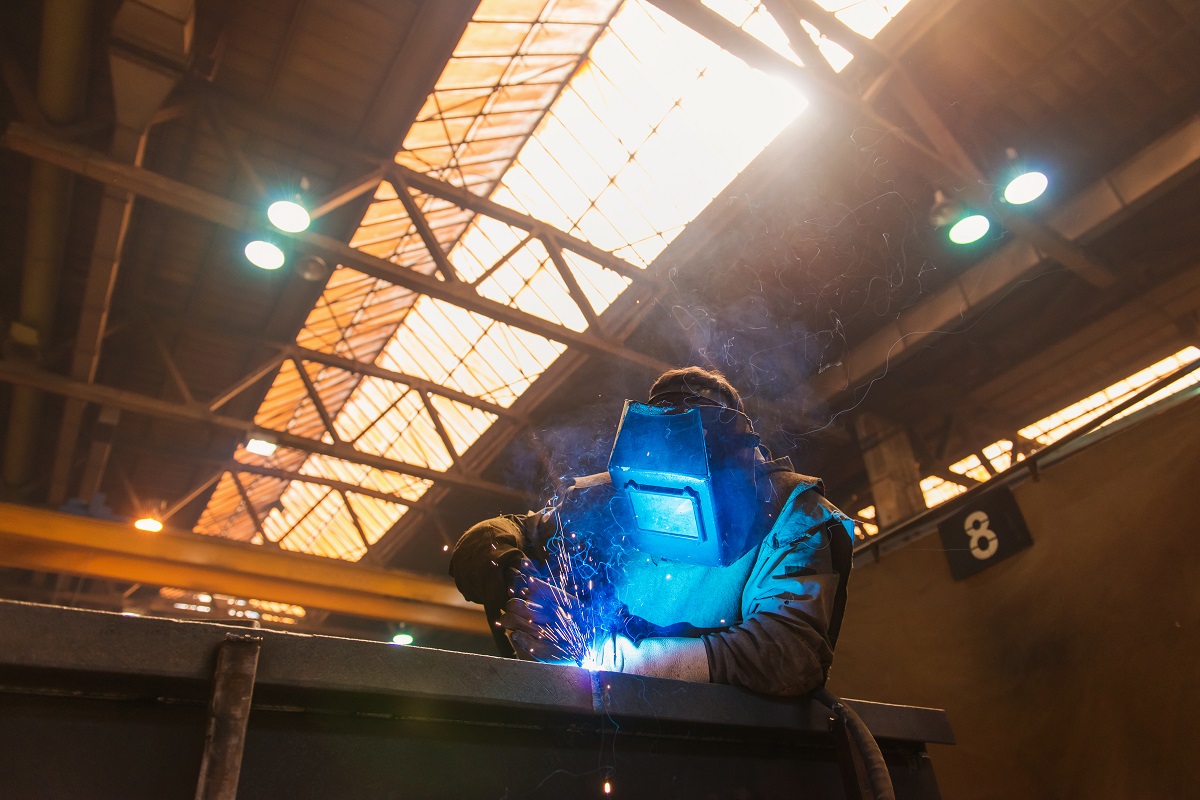Finest Practices for Preventing Weld Undercut: Grasping the Fundamentals
Finest Practices for Preventing Weld Undercut: Grasping the Fundamentals
Blog Article
Mastering the Art of Welding: Exactly How to Stay Clear Of Undercut Welding Issues for Flawless Fabrication Outcomes
Effectiveness and accuracy are paramount on the planet of welding, where also the tiniest imperfection can compromise the structural honesty of a made piece. One common difficulty that welders face is damaging, a defect that can lead and damage a weld joint to costly rework. By recognizing the source of undercut welding and executing efficient methods to stop it, welders can boost their craft to new levels of excellence (Preventing weld undercut). In the quest of remarkable fabrication results, grasping the art of welding to prevent undercut problems is not simply a skill but a necessity for those pursuing perfection in their job.
Recognizing Undercut Welding

To avoid undercut welding, welders need to make sure correct welding parameters, such as changing the present, voltage, travel speed, and preserving the proper electrode angle. Additionally, utilizing the proper welding method for the details joint configuration is vital. Using weaving movements or backstepping methods can help guarantee correct weld steel deposition and reduce the likelihood of undercut formation. Normal inspection of welds during and after the welding process is likewise important to capture any kind of undercut early and make required modifications to protect against additional problems. Preventing weld undercut. By comprehending the sources of undercut welding and implementing safety nets, welders can accomplish high-grade, structurally audio welds.
Reasons For Undercut in Welding
Understanding the factors that contribute to damage in welding is necessary for welders to generate high-quality, structurally audio welds. Damaging happens when the weld metal does not properly fill up the groove formed in between the base steel and the previously deposited weld steel. Numerous elements can lead to damage in welding. One typical cause is excessive warmth input. Welding at high temperature levels for extensive periods can result in the base steel melting greater than wanted, causing undercut. Inadequate welding present or wrong welding rate can likewise add to undercut. Not enough current might not supply enough warmth to thaw the base and filler metals sufficiently, while excessive rate can prevent correct combination, causing undercut. In addition, incorrect electrode angles or wrong torch adjustment techniques can develop areas of reduced weld metal deposition, promoting undercut. Understanding these causes and carrying out appropriate welding strategies can help protect against undercutting problems, guaranteeing strong and sturdy welds.
Strategies to Prevent Undercutting

To alleviate the danger of undercutting in welding, welders can utilize strategic welding techniques intended at improving the high quality and stability of the weld joints. Furthermore, using the correct welding strategy for the details joint arrangement, such as weave or stringer grains, can contribute to reducing damaging.
Employing back-step welding strategies and controlling the weld grain account can likewise aid distribute warmth evenly and lessen the threat of undercut. Regular assessment of the weld joint throughout and after welding, as well as executing top quality assurance procedures, can assist in dealing with and identifying undercutting problems immediately.
Relevance of Proper Welding Criteria
Choosing and keeping ideal welding specifications is essential for accomplishing successful welds with minimal issues. Welding specifications refer to variables such as voltage, current, travel rate, electrode angle, and securing gas circulation price that straight impact the welding process. These specifications need to be thoroughly adjusted based upon the type of product being welded, its density, and the welding method used.
Correct welding criteria guarantee the correct amount of warm is related to melt the base metals and filler product evenly. If the criteria are established also high, it can lead to too much warm input, triggering burn-through, distortion, or spatter. On the other hand, if the parameters are too reduced, insufficient blend, absence of penetration, or undercutting might take place.
Quality Control in Welding Workflow

Verdict
Finally, grasping the art of welding requires a comprehensive understanding of undercut welding, its reasons, and methods to stop it. By making certain appropriate welding specifications and implementing quality control techniques, perfect manufacture outcomes can be accomplished. It is important for welders to consistently pursue excellence in their welding procedures to avoid undercut concerns and produce high-grade welds.
Undercut welding, a common issue in welding procedures, takes place when the weld metal doesn't appropriately fill up the groove and leaves a groove or anxiety along the bonded joint.To stop undercut welding, welders should make view certain proper welding specifications, such as adjusting the present, voltage, traveling speed, and keeping the correct electrode angle. Insufficient welding existing or incorrect welding speed can additionally contribute to undercut.To alleviate the threat of undercutting in welding, welders can use tactical welding strategies aimed at enhancing the high quality and honesty of the weld joints.In conclusion, mastering the art of welding calls for a detailed understanding of undercut welding, its causes, and techniques to avoid it.
Report this page